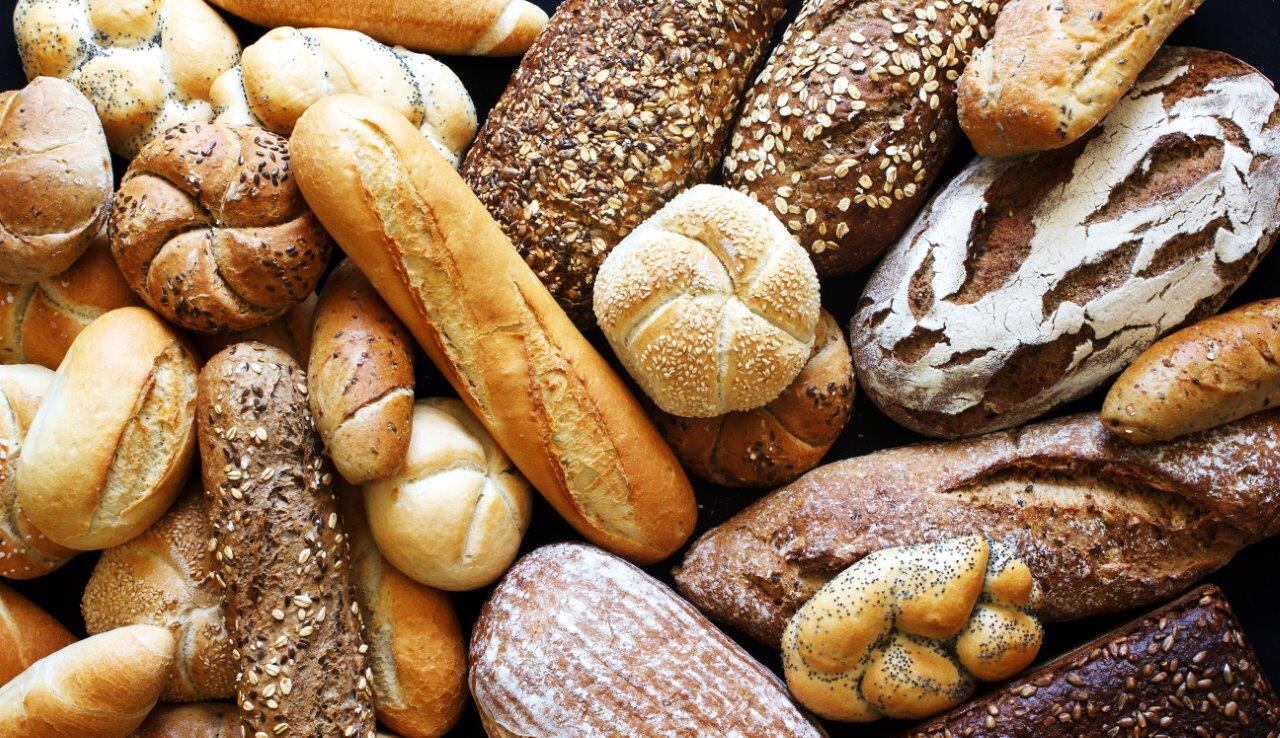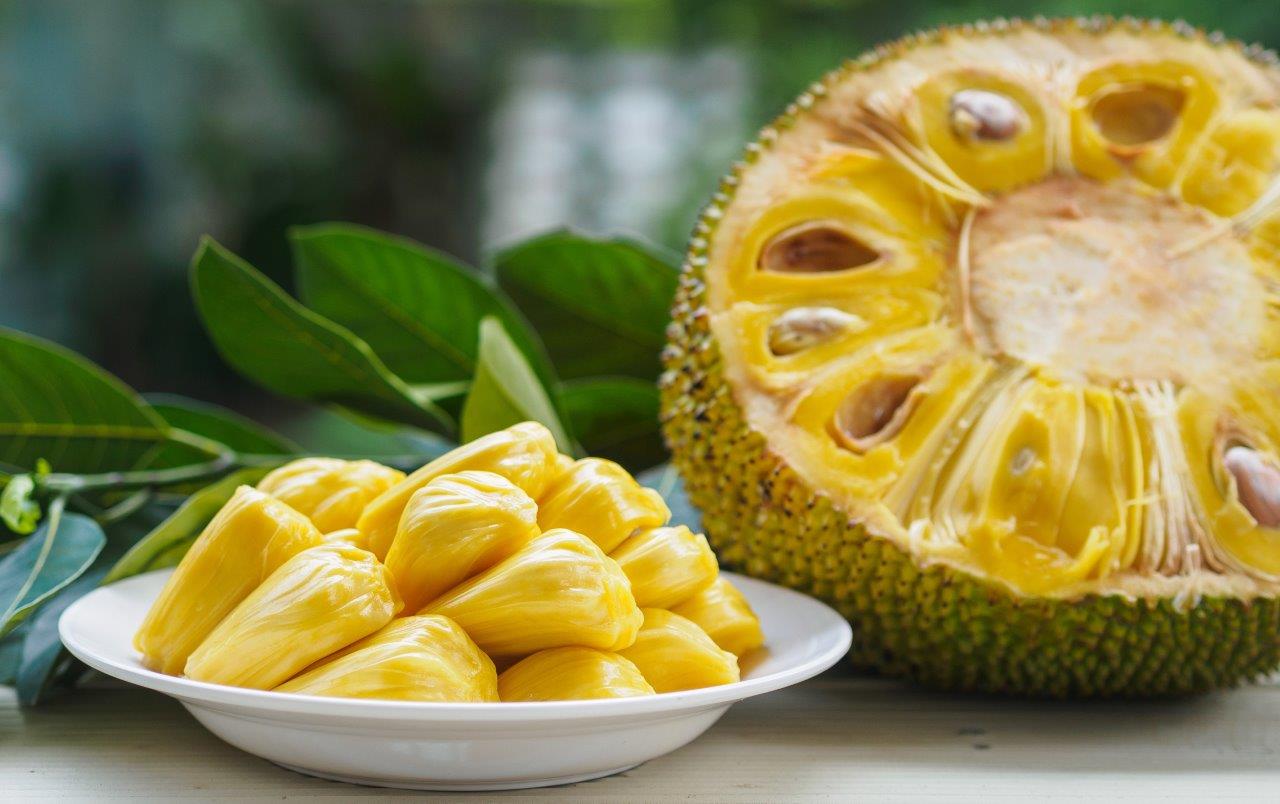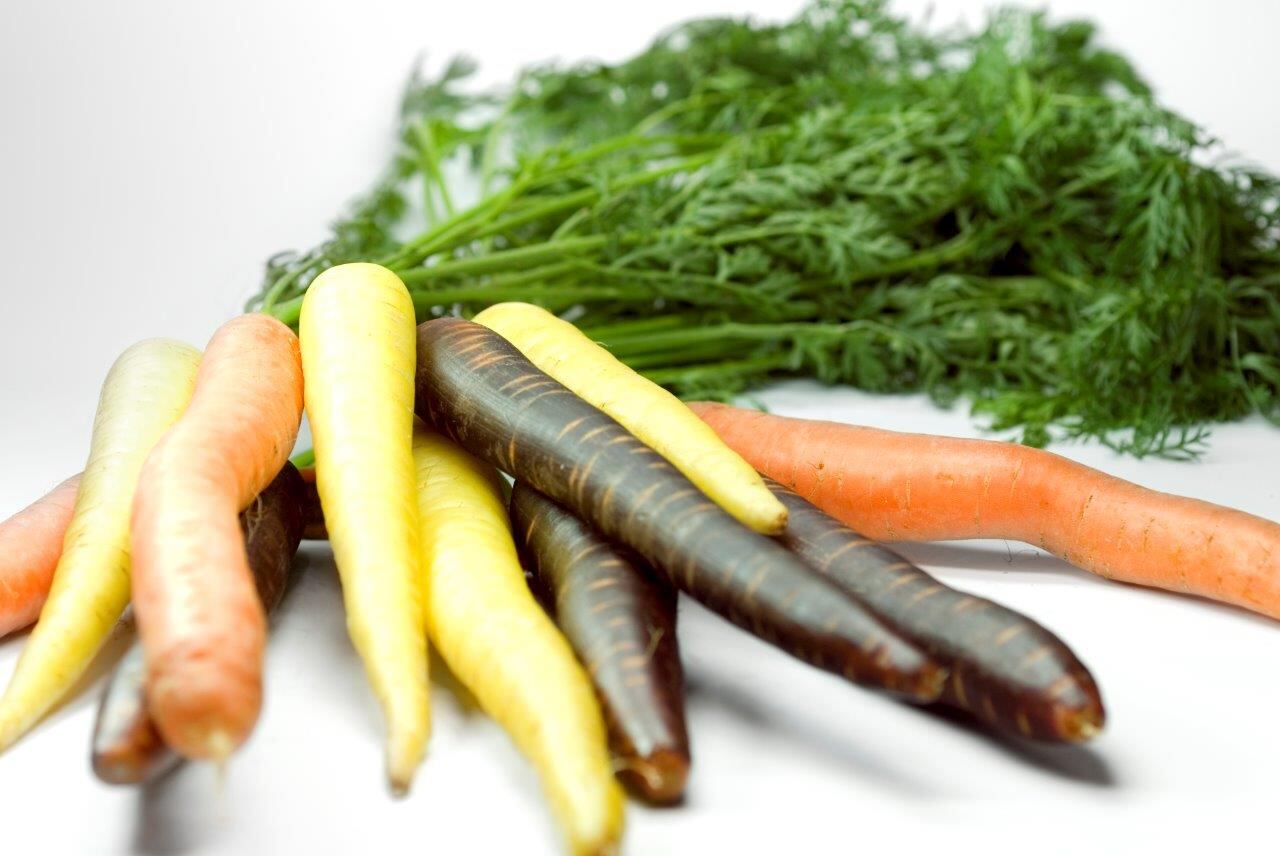Power ingredients, such as grains, seeds, cocoa, and vegetable and fruit fillings, join plant-based, clean-label and ‘less and more’ as the leading healthy food trends for 2020, according to Puratos UK.
The predictions followed the 2019 launch of Puratos’ global Taste Tomorrow trend report, which found living a healthy lifestyle was more important to consumers than ever before.
Trust, the environment, veganism and taste underpinned the healthy food trends of 2020, said Jo Greengrass, sales director at Puratos UK.
“Brands and businesses that can demonstrate transparency and credible environmental initiatives, as well as offering high-quality products, will be those to benefit,” Greengrass said.
“With health only set to rise higher on the agenda, businesses should look to promote ‘power ingredients’, source responsibly and reformulate to maximise chances of success in the 12 months ahead and beyond”.
Trend 1: Plant-based
Veganism is set to continue to build in 2020 and Puratos noted it was now considered beyond a trend by many. Its Taste Tomorrow research found that vegan food was increasingly seen as good for the environment and health, with 20% of people buying vegan/vegetarian food on a weekly basis and 24% expecting to buy more in the future.
Meanwhile, 38% believed vegan food had a positive impact on the environment and 69% saw plant-based products as a way to prevent or solve food shortages.
“These results highlighted the strength of the trend and the importance of the environmental benefit of this lifestyle choice to the consumer,” said Greengrass.
“It is, therefore, in brands’ best interests to share how they are supporting the environment and maintain a strong dialogue with an audience that can only grow.”
Trend 2: Clean-label
The trend for transparency, focus on health and greater interest in what goes into food has led to consumers checking labels more than ever before. According to Puratos, 86% of people said they did this in 2019, an increase since the previous Taste Tomorrow report in 2015.
Puratos UK predicted this to grow further in 2020 and demand for clean-label formulations to increase as a result.
Greengrass said: “Our survey found 36% of people currently check labels for details on preservatives and the same number look for details on the source of a product, while 33% search for information on artificial colourings and flavourings.
“With this in mind, brands and business should highlight any claims connected to these concerns on-pack, in-store and on social media and look to reformulate where possible and appropriate.”
Greengrass claimed clean-label was a focus across all products at Puratos. She said Puratos UK was able to make preservative-free fillings for a wide range of products, across baked goods and desserts.
Trend 3: Less and more
For consumers, healthy food is about both ‘less’ and ‘more’, with 70% of consumers claiming health was about removing ingredients and 61% saying it was about adding them, according to the Puratos Taste Tomorrow report.
With sugar and salt key focuses for the NHS, media and action groups, the ingredients firm expected customer interest in both to grow further in 2020. Brands and business should ensure they worked to reduce salt and sugar where possible and appropriate, it said.
Puratos expected fibre to grow in favour this year. To tap into this trend, it suggested incorporating higher-fibre ingredients into formulations, and highlighting ‘source of’ or ‘high fibre’ claims on-pack.
Greengrass said Puratos continued to innovate to develop ingredients that allowed customers to reduce sugar and salt, without compromising on flavour and texture, while adding fibre to goods. She added that the Puratos Sapore sourdough range, for example, offered a variety of products that delivered great quality, while simultaneously reducing salt.
Trend 4: Grains and seeds
The Taste Tomorrow report polled consumers on how tasty and healthy they thought certain ingredients were and whether they thought these ingredients were present in bread, chocolate, pastry and patisserie.
Grains and seeds scored highly for both health and taste, but not all consumers were aware that these could be present in bread, with just 54% saying they thought grains and seeds could be incorporated.
“This presents an opportunity to educate a relatively high percentage of consumers on the fact these ingredients can be present in bread and their health and taste benefits,” Greengrass said.
“Our Sproutgrain range includes ready-to-use, sprouted and fermented whole grains and seeds that can be used to add taste, texture and fibre.”
Trend 5: Vegetable and fruit fillings
Vegetable and fruit fillings look set to grow as ‘patisserie power ingredients’ in 2020. As well as increasing the health credentials of finished goods, these fillings also offered taste benefits, and both were associated with ‘naturalness’, Puratos said.
“Promoting any claims around health, naturalness or provenance, associated with fillings is likely to prove beneficial in 2020,” Greengrass said.
“Puratos UK’s preservative-free filling capability means it is possible to deliver naturally great-tasting and -looking fillings, that have high fruit integrity and are clean-label.”
Trend 6: Cocoa
Cocoa also looks set to become a ‘patisserie power ingredient’, according to Puratos.
Awareness of the benefits of cocoa was increasing, according to the Taste Tomorrow report, with nine out of 10 consumers believing cocoa offered both health and flavour benefits, compared to eight out of 10 in 2015.
“The percentage of cocoa in chocolate is important to consumers, with this being the fourth most important buying consideration for chocolate – ahead of even health and freshness – so bakers and manufacturers would do well to promote this,” Greengrass said.




